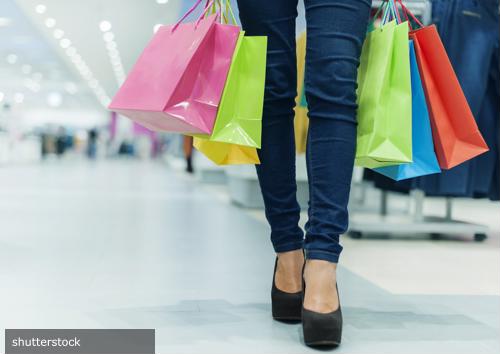
4 ways IoT can help the retail industry
By Max BurkhalterDecember 9, 2021
Physical retail stores can use all the help they can get as the online shopping option becomes more prominent. It would be easy to blame the COVID-19 pandemic for why brick-and-mortar store locations are falling behind online retailers for sales, but the truth is the internet was moving further ahead in the race before March 2020.
For stores to catch up and then keep pace with online retailers, they must give shoppers who can find what they need from their couch a reason to want to shop in person. Fortunately, the Internet of Things (IoT) provides physical retail store owners a variety of ways to reboot consumers' desire to shop face-to-face again.
Here are four ways IoT can impact the retail industry for the better.
IoT can create a better shopping experience
With IoT, store owners can use cameras, sensors and facial recognition algorithms to spot a shopper who needs assistance, according to software development company Digiteum. Shoppers will no longer have to walk around the store to find an employee to help them locate an item or ask about a price. Instead, store workers can proactively approach customers and help them before they get frustrated and opt to shop online again.
IoT makes it easier to keep stores organized
Store owners no longer have to guess where's the best place to put a certain item. IoT lets them test item placement as well as the store's best layout by generating reports comprising the data that sensors can collect. Additionally, store managers can keep track of how much product is on a shelf at any given time and replace it before the item is gone and customers begin asking about it.

IoT helps customers check out faster
Retailers would be hard-pressed to find a customer who enjoys waiting in a long checkout line. IoT technology can reduce, if not eliminate, a shopper's checkout time with a system that reads each item's tag when the customer exits the store, according to IoT for all. The store would put Radio Frequency Identification tags on its items that the system would read and deduct the cost from the shopper's mobile payment app. If a customer knew they could shop and then pay for their goods without waiting in line, there's a good chance they'll come back.
IoT can design a personalized shopping experience
People will still use their phone to shop, even if they're in a brick-and-mortar location, whether it's to check in-store pricing or local inventory levels. This provides retailers with an opportunity to use IoT to provide shoppers with benefits in real time, according to analytics firm SAS. For example, a store could send special offers to a customer based on the day and time they're visiting the store or their previous shopping history. Meanwhile, "smart" stores can use video or Wi-Fi foot traffic monitoring to see what areas a customer spends the most time in or what products they're consistently browsing. Retailers can also customize their in-store marketing based on a person's shopping experience.
It might be some time before in-person shopping closes the gap on eCommerce, but IoT is helping to level the playing field a bit. Making shopping more efficient, personalized and less time consuming are just a few of the ways retailers can leverage IoT to get more foot traffic in their stores.
Perle can help businesses expand and develop infrastructures for these technological advancements. Read our customer success stories to learn more.



